By Joe Berk
That picture above? It’s a Big Boy steam locomotive cockpit! Look at all those valves!
Green Bay, Wisconsin. Say that name, and most people think of Vince Lombardi and the Green Bay Packers. And why not? It’s what the town is known for. But I’ll let you in on a secret: Green Bay has one of the best rail museums I’ve ever visited. I like rail museums, and if there’s one anywhere near where I’m traveling, I’ll stop. Susie and I wrapped up a trip to Georgia, Wisconsin, and Michigan, and the National Rail Museum made our list. It’s easy to find, and Green Bay is a fun little town.
The National Rail Museum has a bunch of small items on display after entering the first building (track maintenance hand tools and the like). Then it’s on to a hall where the big stuff is kept. One of the first trains is General Dwight D. Eisenhower’s European train, the one he used as the Supreme Allied Commander during World War II. It’s big, it’s impressive, and it’s fit for a 5-star general.
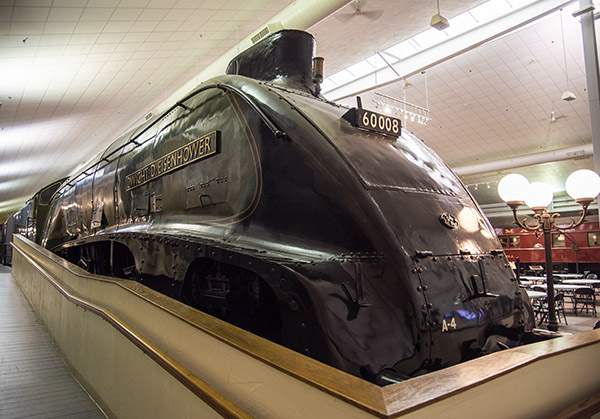
The Eisenhower train was built by the British with a number of features to keep it low key (or so some of the signage said). The name on the locomotive and the exotic paint theme indicated otherwise.
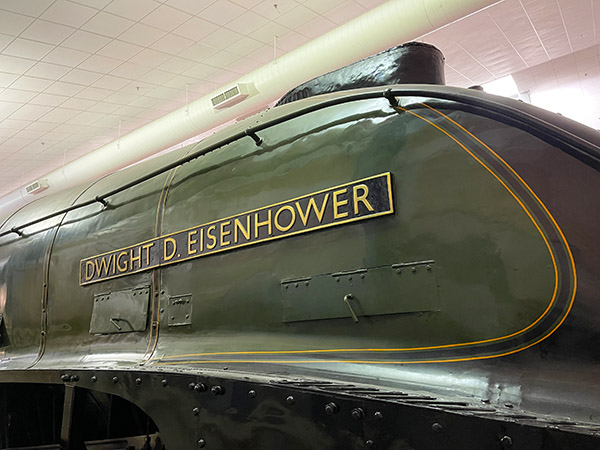

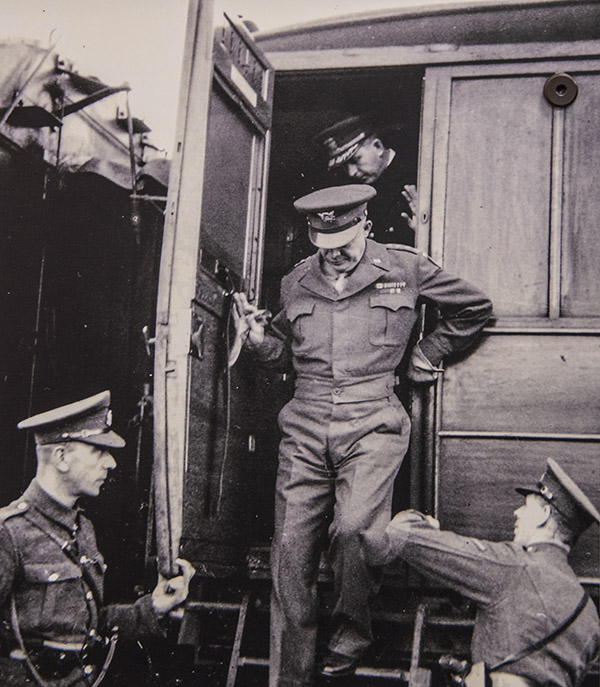
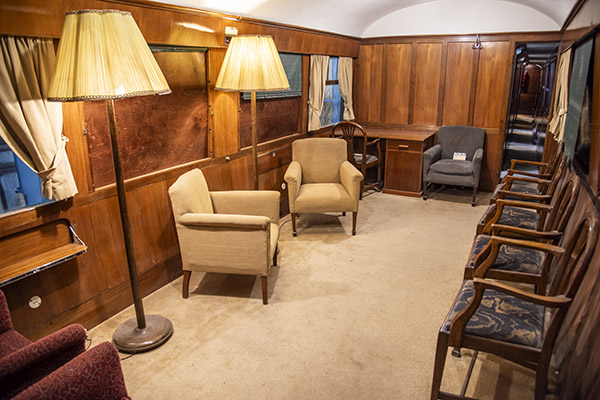
The National Rail Museum has one of the very few surviving Big Boy locomotives. I’ve seen three (well, actually two, but I saw one of them twice). One was at the National Steam Locomotive Museum in Scranton, and another was parked at the Pomona Fairgrounds (it’s that one I saw twice). The first time was when it went from Ogden, Utah, to Pomona under its own power. It stopped in Pomona, and it was an amazing thing to see.
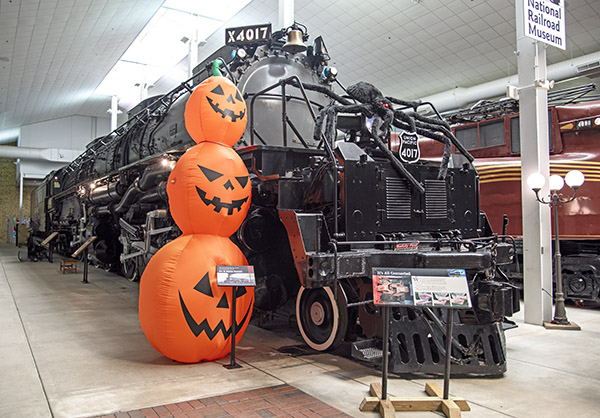
It’s hard to put into words just how big a Big Boy is. Photos don’t really do its size justice.
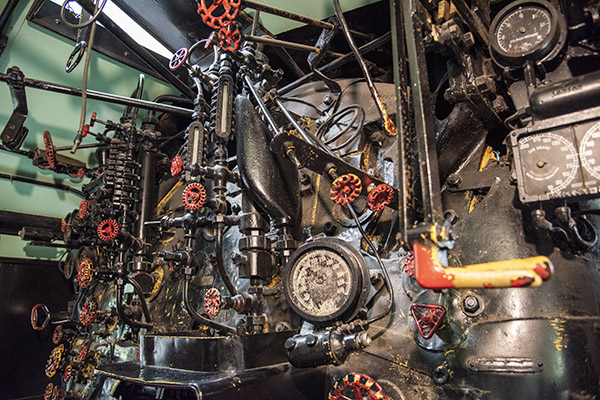
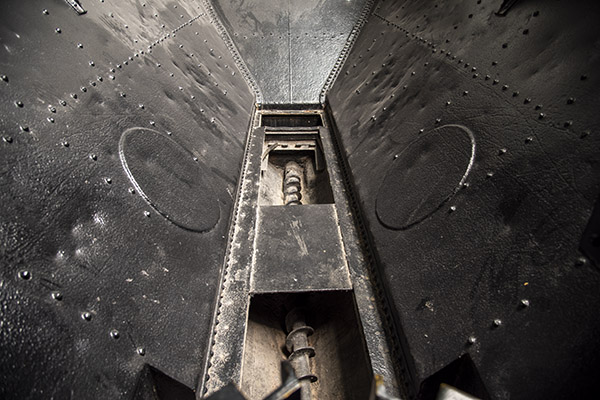
A locomotive that caught my attention was the Pennsylvania Railroad’s GG-1 electric locomotive. When I was a kid growing up in New Jersey, the Pennsylvania Railroad’s main tracks were only a half mile from my home. We loved watching those trains scream by, always pulled by a GG-1. They are gorgeous locomotives.
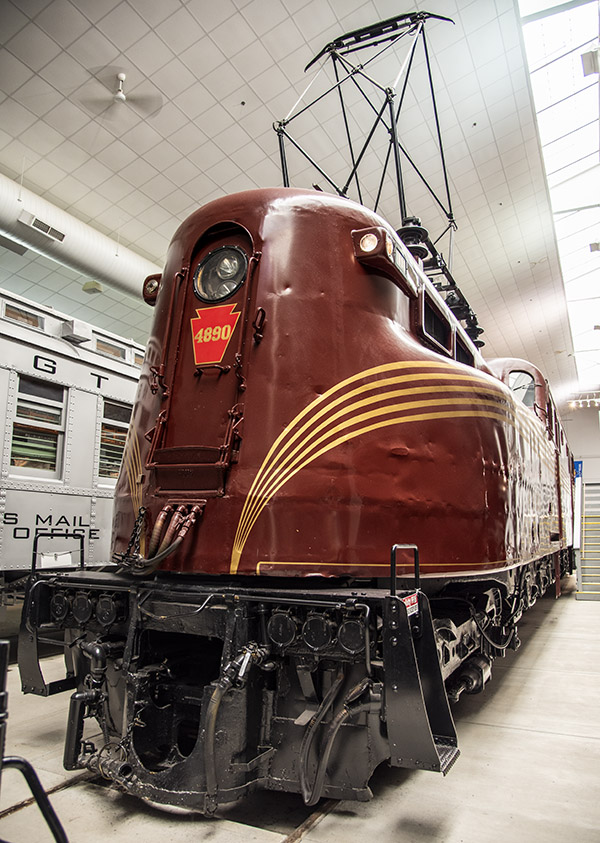
From the engineer’s position, the view forward is through one small window. You really can’t see much of what’s ahead. That would make me nervous.
By the 1950s, passenger rail travel was losing favor with the American public. Airplanes were faster, and with the advent of the Interstate Highway System, most people drove. The railroads wanted to turn that around. One attempt involved General Motors designing an aerodynamic locomotive and less expensive rail cars. GM designed the “Aerotrain” drawing on their styling talents, but the effort flopped. I’d seen pictures of that locomotive (there were only ever two made), but I’d never seen one in person until this visit.
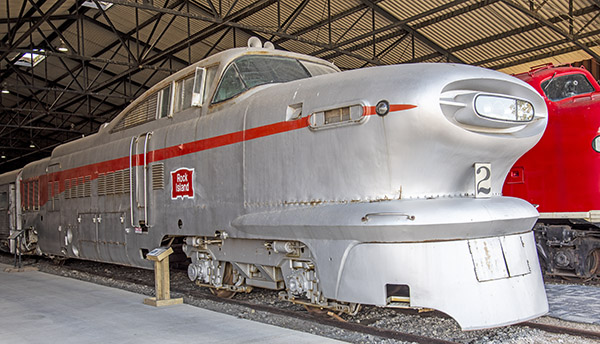
The Aerotrain story is a fascinating one. This video explains it.
There are plenty of great railroad stories and more than a few great movies. You might remember the Gene Wilder/Richard Pryor hit from the 1970s, Silver Streak. It you ever wondered where the last car of that famed train came to rest, wonder no more.
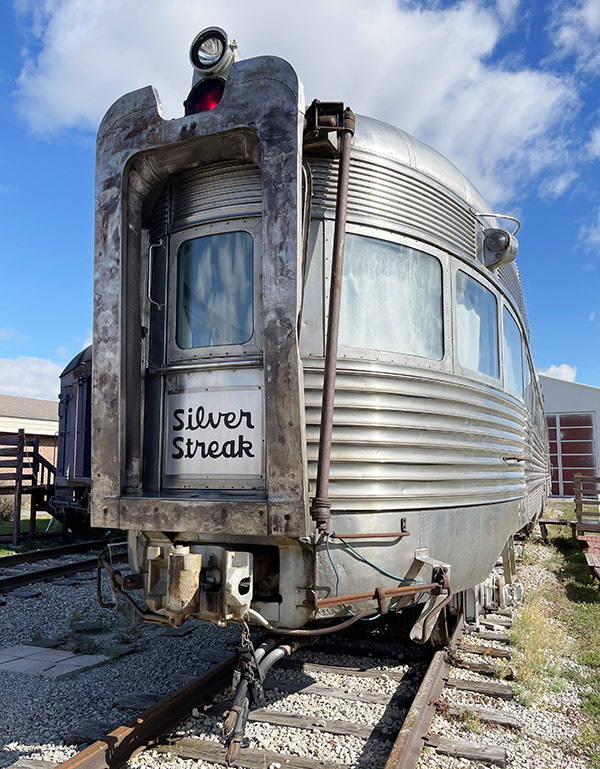
I’ve been to the Steamtown National Historic Site in Scranton, Pennsylvania, the California State Railroad Museum in Sacramento, Golden Spike National Historic Park (where the Transcontinental Railroad was completed), and now, the National Rail Museum in Green Bay. All are great stops, and all have great storyies. I once did a story on Big Boy 4014 when it was in Pomona, California. Gresh has a couple of rail blogs, too, including the Nevada Northern and the Cumbres and Toltec lines. Rail stuff is cool.
Never miss an ExNotes blog:

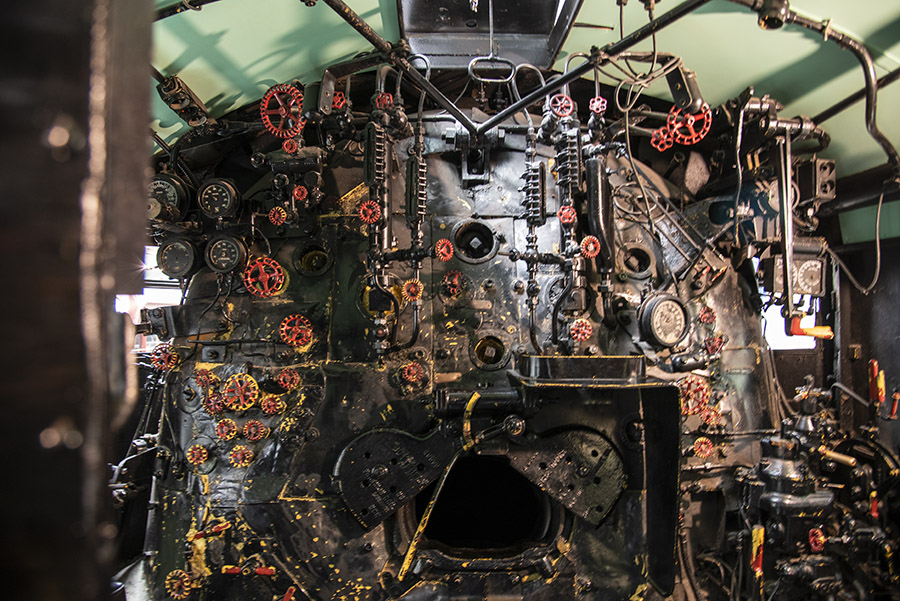

I grew up on the wrong side of the tracks,hitched a ride in a boxcar Dayton to Jamesburg.
There was a right side back there?
The Tracks were 300 yards from the house I grewup in. Main St Dayton was the Right side,Haypress Rd was not.
I remember those tracks.
Love me some train stuff.
Yeah, me, too.
Excellent!
An excellent adventure indeed.
The main issue with the GM Aerotrain was the refrigeration failure. They couldn’t keep the Yoo-Hoo chilled so there was no Yoo-Hoo on the Woo-Woo.
Very good, Fred.
Interesting how motorcycle folks like other items that are heavily engineered, old fashioned at times, and often shiny or loud. My brother and I caught up with the steam train hauling the Declaration of Independence a couple decades ago on an overpass above the tracks in San Diego County. Great day. The Big Boy dragged back out of Pomona and now wandering around was another of those “let’s go look/hear/smell/feel that giant” engine out in the desert east of San Diego a couple years ago.
Yeah, they are very cool. Other common interests are travel, cameras and photography, guns, concrete, and more. Basically, the kinds of things we write about here.
I have watch Big Boy 4014 go by several times when making the run between Cheyenne and Denver. It is a very impressive piece of machinery.
However, my best railroad adventure was riding in the cab with the engineer of the steam locomotive up, and back down the Khyber Pass from Peshawar, Pakistan.
That sounds awesome, Dan.
If you’re ever in Pennsylvania, Steamtown is a must as it’s still functioning. Don’t forget to see the smelting furnaces on the grounds. It’s such a shame that the US is so far behind on its railway systems. Embarrassing. Gotta sell those cars and gas I guess.
I’ve been there, Marcus. I agree, it is a great destination.
Thanks for commenting.